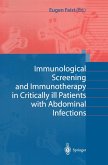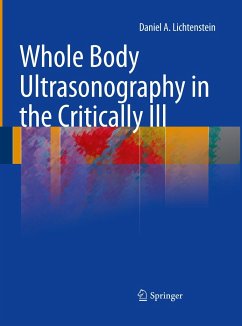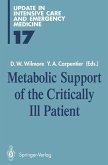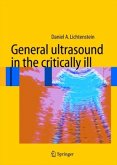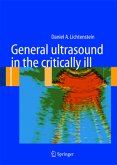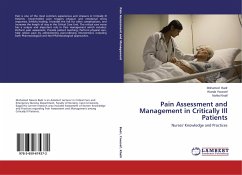HOW DO I USE THIS BOOK? This book is organized to answer specific questions about the metabolic and nutritional problems of critically ill patients. Thc questions are listed under five chapter headings in the Contents. Each question is self-contained with its own charts, tables, and references, although, in some instances, you may be referred to another section of the book for additional information. A detailed subject outline appears on the first page of each chapter, and there is an index for cross-reference to specific subjects. A metabolic support plan and accompanying metabolic and nutritional worksheet are locatcd in the Appendix. This plan pro vides the best estimates available for predicting the metabolic requirements of patients, and outlines approaches to feeding the hospitalized patient which will satisfy these nutritional needs. Clin ical cases are presented in this section to help you get started using the support plan. This volume is a handbook organized for frequent use - place the appropriate tables and nomograms on the bulletin board of the intensive care unit or in your office for convenient reference. Use the metabolic and nutritional support plan and establish the habit of assessing the metabolic requirements of your patients. Refer to the references cited to explore in further detail specific questions or areas of interest. By applying our knowledge of the metabolic and nutritional alterations which occur following disease, we can improve our care of the critically ill.


